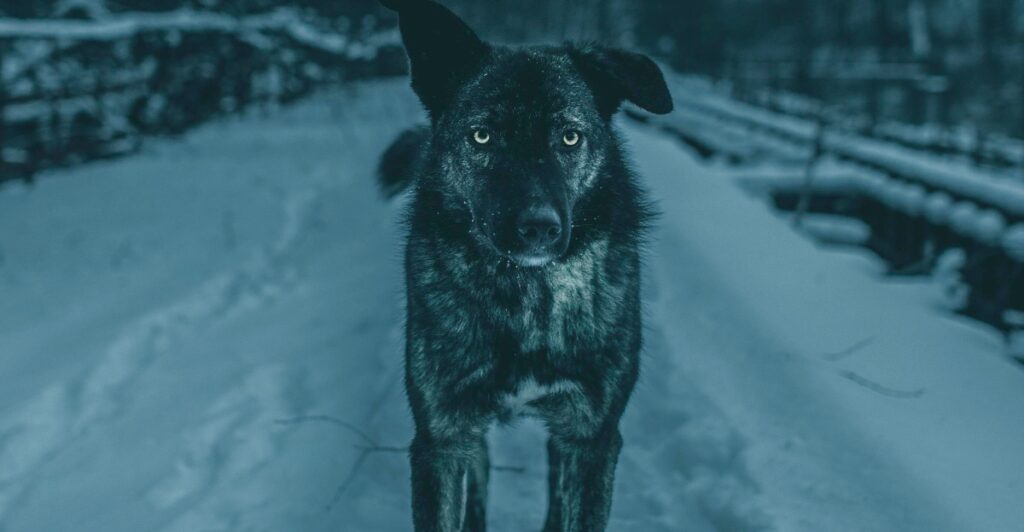
In 1986, the Chornobyl nuclear disaster created a ghost town filled with radiation. The entire population was evacuated, and most had no idea that they would never return to their homes.
Staying Behind
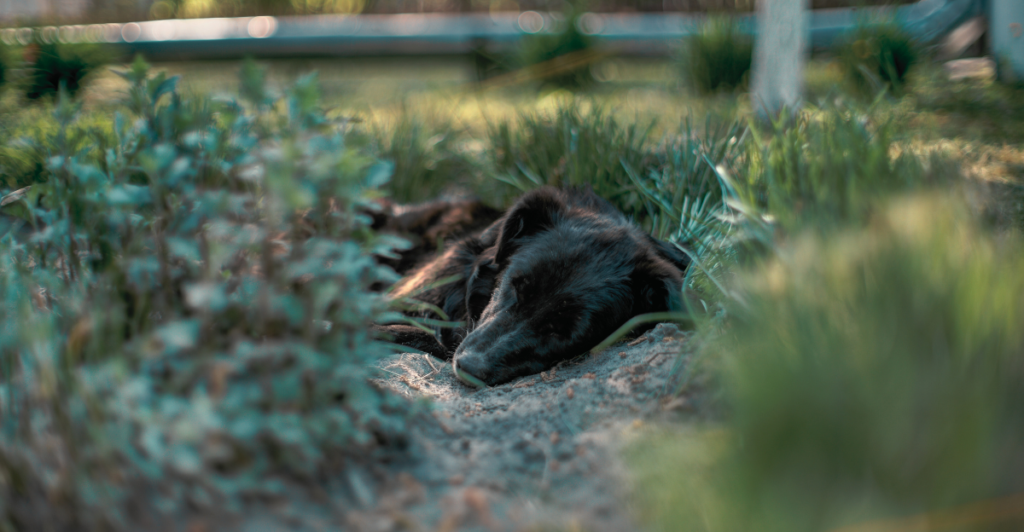
Tragically, this also means that many pets were left behind. But nearly 40 years later, amidst this desolation, the abandoned pets showed their tenacity and will to survive. They have become wild, living in the town their owners left so long ago.
A Haven For Wildlife

The Chernobyl Exclusion Zone was established after the nuclear disaster and is a roughly 1,000-square-mile area surrounding the reactor. With no more humans around, this zone has become an unintentional wildlife sanctuary where animals, including feral dogs, have adapted to the harsh conditions.
Adaptations In Wildlife

Scientists studying the Chernobyl Exclusion Zone have observed fascinating adaptations in various species, including the eastern tree frog. One prominent finding is the presence of darker pigmentation in many eastern tree frogs living in areas with higher radiation.
Looking At The Dog Population

After studying the tree frogs, the researchers wondered, If they noticed such drastic adaptations from amphibians, what changes dogs could show them?
Adapting

For the dogs, the Exclusion Zone is both a habitat and a challenging environment. They are exposed to varying levels of radiation daily, influencing their genetics and health. But as scientists and researchers have come back to Chernobyl to study it, they’ve noticed the dogs aren’t exactly the same as they left them.
Studying The Animals
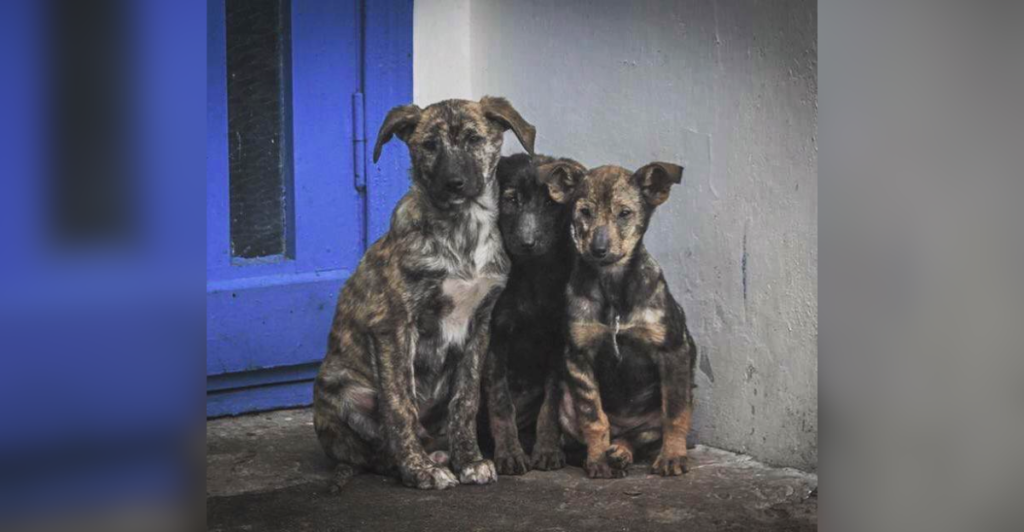
Researchers are studying the dogs of Chernobyl to better understand how radiation impacts DNA, survival strategies, and potential evolutionary changes. The dogs are thriving in a radioactive environment. Do they know how to avoid hotspots? Or have they naturally adapted another workaround?
Dogs Near The Reactor
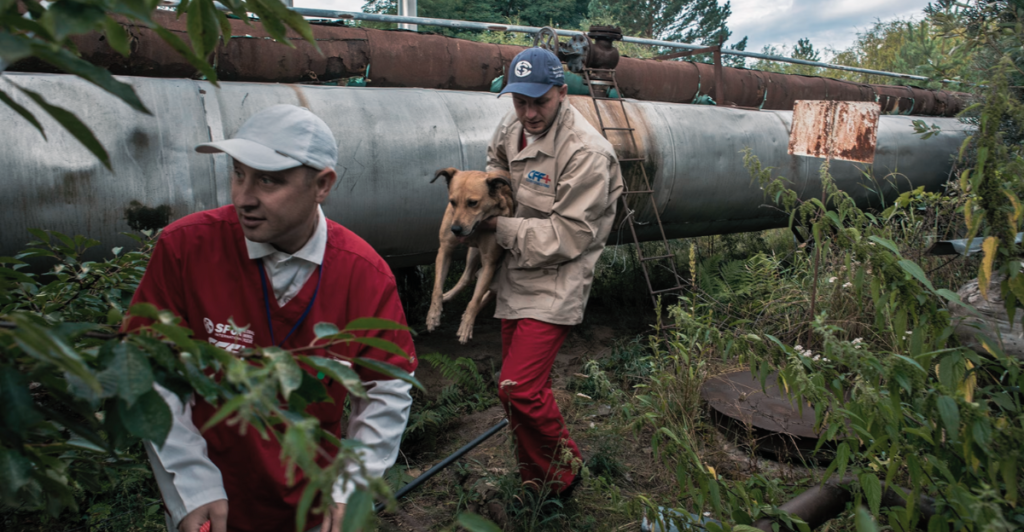
The feral population of dogs living near the Chernobyl Nuclear Power Plant is believed to be descendants of pets left behind during the 1986 evacuation. When the disaster occurred, residents were ordered to leave quickly and could not bring their animals. Three hundred two of these dogs were studied.
Remarkable Differences

The feral dogs studied were compared to a test group living 10 miles further away from the power plant. There were key differences in the dogs living in proximity to the power plant, although it can’t be proved that the changes are directly linked to radiation.
A Different Coat
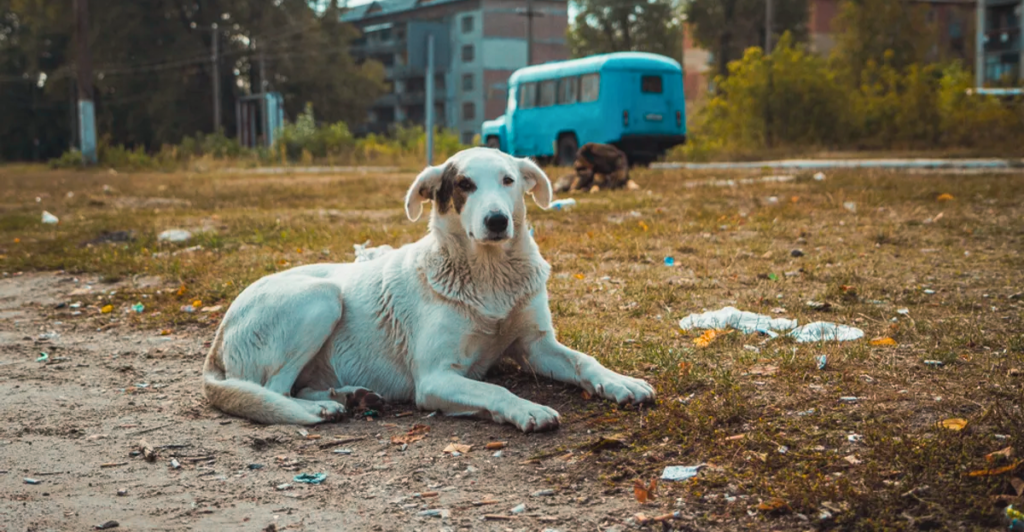
While it’s not a drastic change, some speculate that traits such as coat color variations (potentially linked to melanin production) might play a role in their survival, as melanin can protect against radiation. For the population to change this much in just 40 years is surprising.
Difficult To Link
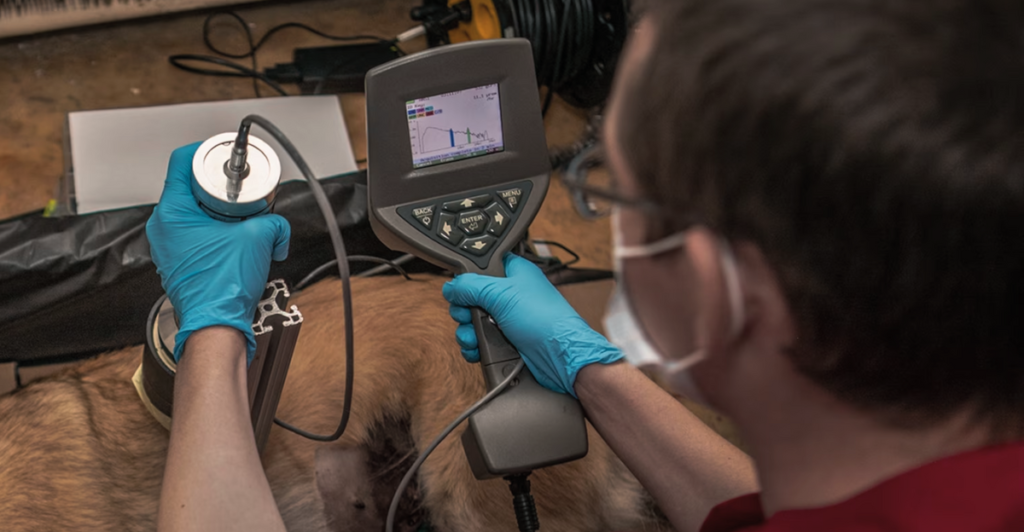
While these genetic differences are linked to the disaster that happened in 1986, it’s very difficult to figure out what exactly is causing the mutations. It could be other factors like interbreeding due to a small population.
The Future
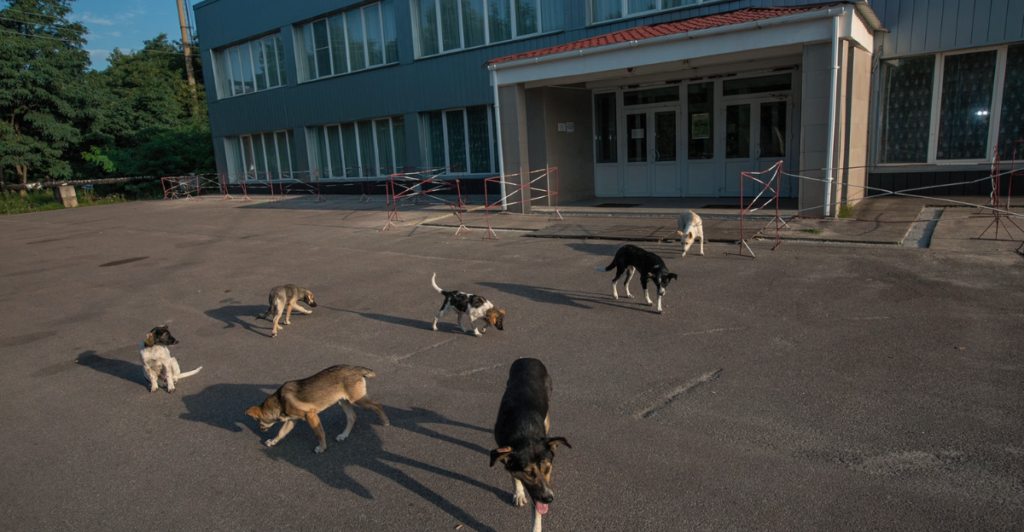
The dogs of Chornobyl will continue to be studied in the foreseeable future, where researchers can find more genetic variations and determine what else could have caused these mutations. Campaigns have been created to help the dog population.
Dogs of Chernobyl project

Clean Futures Fund (CFF) started the Dogs of Chernobyl project in 2017, focusing on humane population management through spaying and neutering, as well as providing vaccinations and medical care. Over three years, the organization treated hundreds of dogs, working alongside local power plant workers who often care for the animals informally during winters.
Source:
The Dogs of Chernobyl Are Experiencing Rapid Evolution, Study Suggests
Stay connected with us for more stories like this! Follow us to get the latest updates or hit the Follow button at the top of this article, and let us know what you think by leaving your feedback below. We’d love to hear from you!







